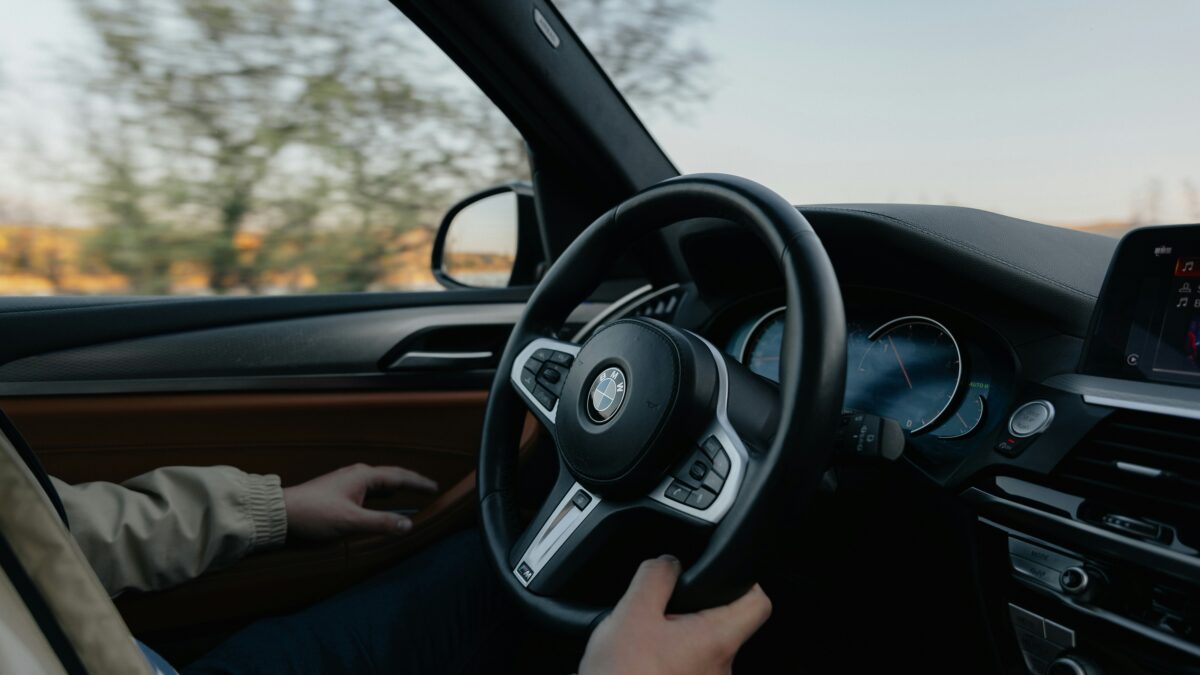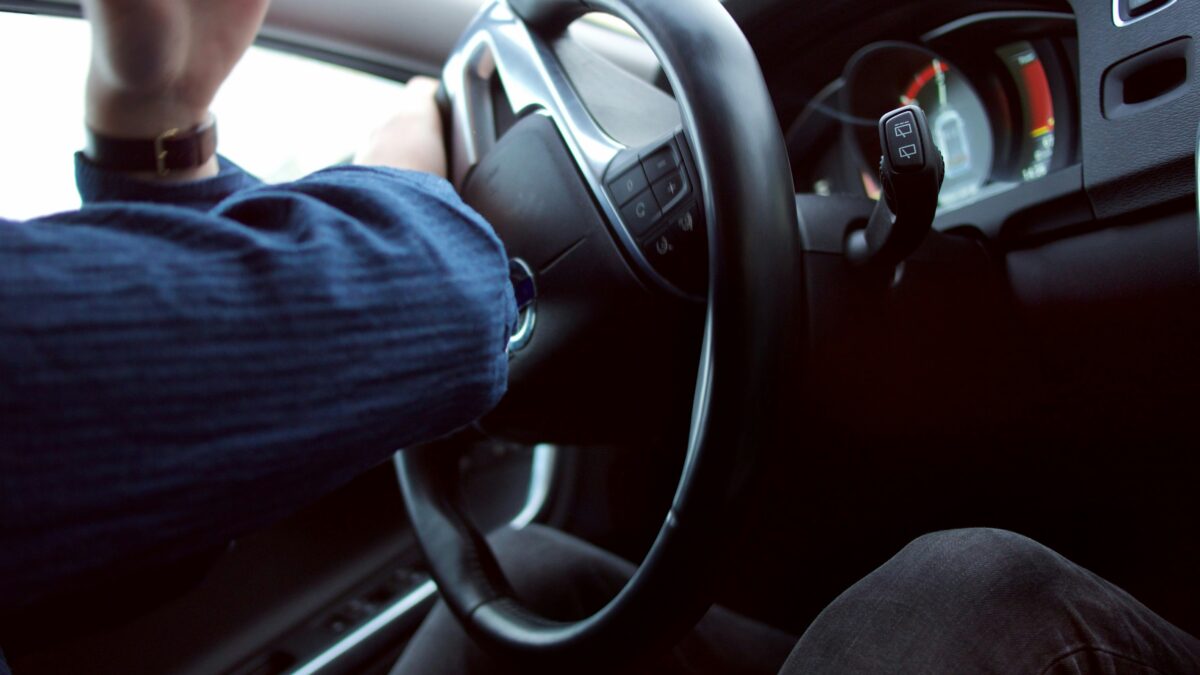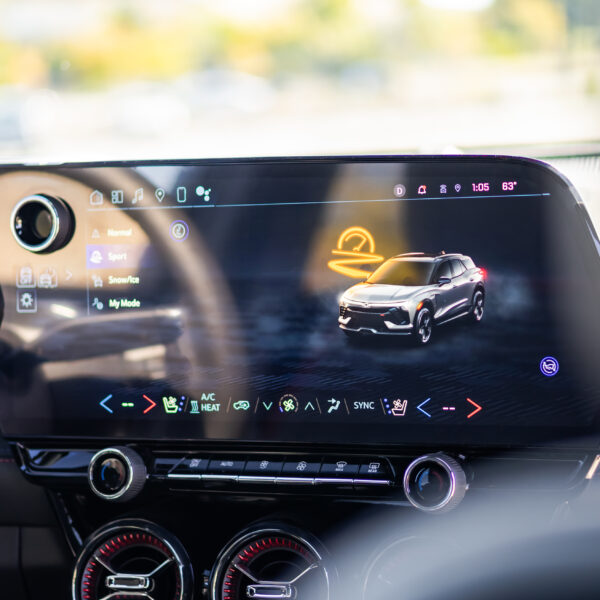4 Tips for Driving in Heavy Rain
Wet roads are the most common weather condition that drivers tend to experience. But now that summer is here, your chance of driving in heavy rain will increase. In comparison to the typical light showers of winter and spring, heavy rains, also known as downpours, pose a greater threat to road safety.
According to the National Highway Traffic Safety Administration (NHTSA), wet roads cause nearly 70% of weather-related car accidents. What’s more, the FHWA estimates this leads to more than 325,000 injuries a year. These slippery conditions occur most frequently after heavy rains have flooded common roadways and highways.
At times, conditions can be so severe that it only takes a few minutes to create a dangerous driving scenario. Though it’s recommended you stay at home during these conditions, we know that’s not always possible. That is why we’ve compiled our list of the best tips for driving in heavy rains. Let’s get started!
What are the 4 best tips for driving in the rain?
Tip #1: Just slow down
Yes, we know this tip is obvious! But let’s face it, all drivers could use a reminder from time to time. In fact, slowing down is the most important rain safety tip. In general, your vehicles’ reaction time is slower during a downpour. This means you can’t rely on the posted speed limit when dangerous road conditions are present. As a rule, you should reduce your speed and keep cautious of other drivers around you. If someone doesn’t like the speed you are going, simply allow them to pass.
Reminder: Never use cruise control when driving in heavy rain. This increases your likelihood of hydroplaning and losing control of your vehicle.
Tip #2: Don’t flash your hazards
If you drive a newer vehicle, you probably enjoy the convenience of automatic running lights. Needless to say, you don’t have to think twice about turning on your headlights during dusk or dawn. However, this convenience doesn’t cover all your bases when heavy rains hit the ground during daytime. We suggest manually turning on your headlights to allow your backlights to come on as well. In inclement weather, it is important that all working lights are fully lite and functioning to keep other drivers alert of your vehicle.
Reminder: Do not turn on your hazard lights. Contrary to popular opinion, hazard lights actually reduce visibility when driving in heavy rain. The truth is, your hazards make it more difficult to see when a driver has stopped or decreased speed.
Tip #3: Familiarize yourself with the roads
Part of being a safe driver means you know the way of the roads. If you plan on venturing out during a rainstorm, make sure you know the safest routes to take. In many towns and cities, infrastructure may be lacking. Weathered asphalt or bumpy conditions will worsen your safety and put your vehicle at risk. You might have to take the longer route versus saving time. In any case, it’s worth keeping you and your passengers protected from greater danger.
Reminder: If you’re unfamiliar with your surroundings or on a road trip, consider asking a local for instructions. They’ll know which roads to avoid during heavy rainfall.
Tip #4: Drive a safe vehicle
The condition of your vehicle ultimately impacts your safety. Aside from routine oil changes and tire maintenance, your vehicle should remain “rain ready” at all times. First, make sure your windshield wipers are in working condition and your windows are always clean for optimal visibility. Debris and dirt buildup plus heavy rain is a recipe for disaster. Another point to make, you should always have your fluids in check. Make sure washer fluid is filled each week to avoid the inconvenience.
Reminder: Check the condition of your headlights, taillights, and tire treads on a regular basis too. These three components are integral to your safety, rain or shine.
Final thoughts on driving in heavy rain
Safety should be your top priority at all times of the year. Therefore, now that the odds of thunderstorms and heavy downpours are more prevalent, it’s important to be mindful of these tips. Remember, your best course of action is to avoid driving altogether. However, if that’s not possible, we highly recommend reducing your speed and staying cautious of those around you. Not all drivers will be practicing safe driving habits during inclement weather conditions.















